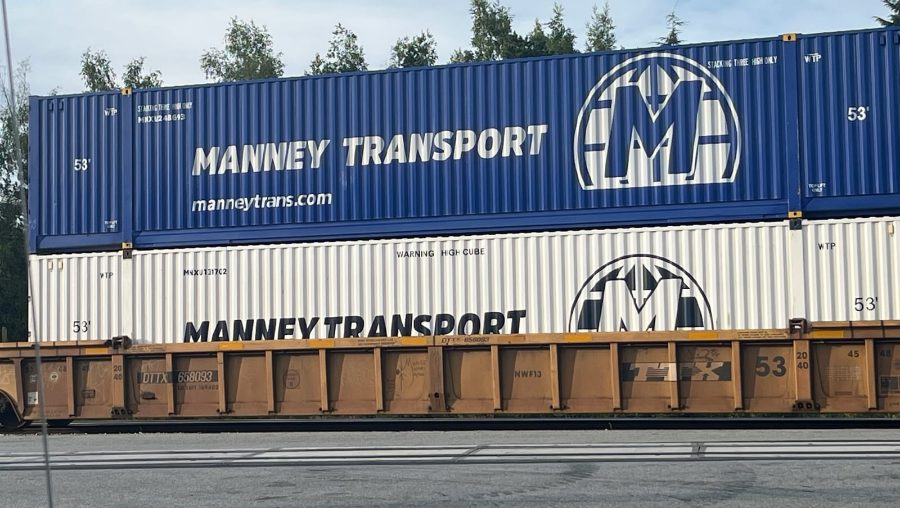In transportation and logistics, drayage and cartage relate to various parts of the operation.
It involves moving products between a port or rail terminal and a nearby warehouse or distribution hub. Containerized cargo is transported using port drayage trucks.
It can also mean moving items within a port or rail station, such as containers from a ship to a storage area.
How does it work?
Cartage, on the other hand, transports goods within a city or metropolitan area over a shorter distance. Local delivery and pickup usually use vans or trucks. It involves moving products between transportation hubs or storage areas, while cartage involves moving goods inside a city or metropolitan area.
What are the benefits?
Some of the benefits include time and cost efficiency, door-to-door service, and the handling of customs and documentation requirements. It can also help to streamline the supply chain and reduce the risk of delays or disruptions.
There are some risks.
Some potential risks and challenges of using local drayage services include the possibility of delays or disruptions, the risk of damage or loss to cargo, and the need for insurance and liability coverage. It’s important to carefully evaluate these risks and take steps to minimize them when using freight drayage services.
Intermodal Association
Canada Drayage
